Results 11,481 to 11,490 of 12091
Thread: Anandtech News
-
05-02-22, 12:02 PM #11481
Anandtech: VESA Launches Variable Refresh Display Performance Standards: AdaptiveSync
Kicking off what’s set to be a busy May, this morning the Video Electronics Standards Association (VESA), the PC display industry’s primary consortium, is rolling out a new set of performance standards for variable refresh rate displays. Dubbed AdaptiveSync and MediaSync, these new test standards are designed to offer an industry-neural and open specification for the behavior and performance of DisplayPort displays. AdaptiveSync is a standard designed for high-end gaming displays, while MediaSync is aimed at eliminating video jitter on a much wider array of devices.
More...
-
05-04-22, 11:31 AM #11482
Anandtech: Qualcomm Launches Wi-Fi 7 Networking Pro Series for 10Gbps Access Points
The last few months have seen multiple vendors launch products in the Wi-Fi 7 (802.11be) space. Mediatek demonstrated working 802.11be-compliant silicon under the Filogic lineup earlier this year. Concrete technical details and part numbers were not announced during the event. Last month, Broadcom introduced a comprehensive Wi-Fi 7 portfolio, detailing multiple 802.11be radios for access points, a networking SoC built keeping 802.11be bandwidth in mind, and a client radio for mobile applications.
Wi-Fi 7 / 802.11be Background
The 802.11 Working Group's focus with 802.11be has been on extremely high throughput. This has been achieved primarily through a combination of three different aspects:
- Support for up to 16 spatial streams
- Support for channel widths up to 320MHz (with operation in 2.4 GHz, 5 GHz, and 6 GHz bands)
- Support for 4096-QAM (4K-QAM) resulting in better utilization of available spectrum (a faster modulation / coding scheme).
It must be noted that wider channels are available only in the 5 GHz and 6 GHz bands.
Theoretically, these aspects allow for up to around 46 Gbps of wireless throughput. 802.11be also aims to enable usage of Wi-Fi for real-time applications by including features for low-latency communications such as Multi-link operation (MLO). This allows a client and an access point to simultaneously communicate over multiple channels that might even belong to different bands.
The 802.11be specifications also allow for better performance in environments with heavy interference by permitting adaptive puncturing - the desired channel need not be necessarily contiguous. This improves on the preamble puncturing feature already available as part of the 802.11ax specifications.
Interference and co-existence with non-Wi-Fi users of the same spectrum is handled using automatic frequency coordination (AFC). Unlike the Open AFC initiative (of which Broadcom is a part), Qualcomm is opting to provide its own turnkey solution for its customers.
As expected, AFC will require the device agent to be connected to the Internet for channel configuration and power modulation purposes.
Qualcomm's Wi-Fi 7 Portfolio
At MWC 2022, Qualcomm had provided details of their 802.11be client silicon targeting mobile devices. The FastConnect 7800 is expected to become available in H2 2022, and integrates Bluetooth 5.3 support with key Wi-Fi 7 features. Today, the company is introducing its Wi-Fi 7 Networking Pro Series access point platforms to expand its Wi-Fi 7 portfolio.
Qualcomm started marketing its Wi-Fi solutions under the Networking Pro and FastConnect monikers back in 2019, with the launch of its Wi-Fi 6 solutions. The 2nd generation products catered to the Wi-Fi 6E ecosystem, and it comes as no surprise that today's 3rd Gen. launch focuses on Wi-Fi 7.
The introduction of the Networking Pro tag has contributed to opaqueness in the composition of the router / AP platforms from a end-consumer perspective. Unlike Broadcom's public announcement of core details of the networking SoC, and characteristics of the various radio options for its reference designs, Qualcomm provides these details only to their customers. Eventually, these details do become public after market availability of the products. For example, the Networking Pro 800 platform's breakdown is available here - we see a core WiSoC with integrated MAC and baseband coupled with discrete radios. Therefore, it is disappointing that Qualcomm has not given us much to analyze in today's announcements beyond basic product specifications. These high-level feature specifications match the features in Broadcom's products announced last month.
It must be noted that Qualcomm also provides the 'Immersive Home' platform for entry-level Wi-Fi routers. These are typically similar to the 'Networking Pro' platforms, except for cut-down stream counts and reduced WiSoC capabilities in terms of CPU core counts and frequencies. Given that Qualcomm refused to provide any details of CPU core counts or frequencies for the Networking Pro series being launched today, we need to wait for an official announcement related to their Wi-Fi 7 portfolio for the cost-sensitive segment.
The 3rd Gen. Networking Pro series consists of four members, with stream counts ranging from 6 in the Networking Pro 620 to 16 in the Networking Pro 1620. Radio options exist for two or four streams in each of the 2.4 GHz, 5 GHz, and 6 GHz bands.
Qualcomm claims peak system PHY rates of up to 33 Gbps, and per-channel wireless PHY rates of more than 10 Gbps, with the capability of supporting more than 500 users in each channel.
The availability of 6 GHz spectrum for Wi-Fi is not universal. Qualcomm indicated that different configurations of the Networking Pro 3rd Gen series are possible, based on the allocation.
Qualcomm's Wi-Fi 7 Networking Pro series will allow its customers to create a wide range of enterprise-class and premium wireless access points / routers. The platforms are already sampling - we should be seeing market availability of BE10000, BE16000, BE21000, and BE33000 Wi-Fi routers based on them in a few quarters.
5G-based fixed wireless access is fast becoming an attractive option for many consumers - sometimes even as the primary broadband connection. Qualcomm's strengths in 5G will act as an asset from a bundling perspective for integrated Wi-Fi 7 / 5G platforms. However, Broadcom has significant presence with service providers for 10G PON and DOCSIS 4.0. It is likely that those high-speed ISPs will find Broadcom's possible bundled offerings attractive for their Wi-Fi 7-capable consumer gateways. While we wait for Mediatek and MaxLinear (to whom Intel sold their Home Gateway Platform Division) to reveal their Wi-Fi 7 cards fully, it appears that initial battle will be between products based on Qualcomm's 3rd Gen. Networking Pro series and those using Broadcom's Wi-Fi 7 portfolio.
More...
-
05-05-22, 10:00 PM #11483
Anandtech: AMD Announces Ryzen 5000 C-Series For High-End Chromebooks
In September 2020, AMD released its Ryzen 3000 C-series for Chromebooks, a line up of budget-priced chips based on the 12nm Picasso (Ryzen+) architecture that featured up to 4 cores and 8 threads and up to 11 Radeon Vega compute units. Nearly two years on and AMD has just announced four new Ryzen 5000 C-series SKUs designed to bring the performance benefits of its Cezanne (Zen 3) architecture to the Chromebook space.
The four new Ryzen 5000 C-series processors range from 8C/16T to 2C/4T, all with a 15 W TDP and designed to improve productivity and battery life over existing Ryzen 3000 C-series processors and Intel's 11th Gen Tiger Lake chips.
Aimed at the premium area of the Chromebook market, the new AMD Ryzen 5000 C-series looks to offer OEMs and users premium options for the latest generation of Chromebooks with some higher-end features such as fast charging and Wi-Fi 6E networking capability.
Looking at the specifications of the Ryzen 5000 C-series line-up, the top model is the Ryzen 7 5825C with an impressive 8 cores and 16 threads which is double that of the previous top-tier Chromebook Ryzen processor, the AMD Ryzen 7 3700C. It has a base core frequency of 2 GHz, with a boost core clock of up to 4.5 GHz on a single core, which is bolstered by its Radeon Vega 8 integrated graphics with a maximum boost frequency of up to 1.8 GHz.AMD Ryzen 5000 C-Series For Chromebooks (Zen 3) AnandTech Core/
ThreadBase
Freq1T
FreqL2/L3
CacheiGPU iGPU
FreqTDP Ryzen 7 5825C 8 16 2000 4500 20 MB Vega 8 Up to 1.8 GHz 15 W Ryzen 5 5625C 6 12 2300 4300 19 MB Vega 7 Up to 1.6 GHz 15 W Ryzen 3 5425C 4 8 2700 4100 10 MB Vega 6 Up to 1.5 GHz 15 W Ryzen 3 5125C 2 4 3000 3000 9 MB Vega 3 Up to 1.2 GHz 15 W
The second model in the new line-up is the Ryzen 5 5625C, which has 6 cores, 12 threads, and integrated Radeon Vega 7 graphics with a maximum boost frequency of up to 1.6 GHz. The 6 cores feature a base frequency of 2.3 GHz, while one of these cores can boost up to 4.3 GHz for applications that demand additional performance.
Focusing on the two entry-level models in the line-up, the Ryzen 3 5425C benefits from 4 cores and 8 threads with a base frequency of 2.7 GHz, with a boost frequency on one core of up to 4.1 GHz, as well as AMD's Radeon Vega 6 graphics that can boost up to 1.5 GHz. The Ryzen 3 5125C is the lowest in the new C-series stack with just 2 cores and 4 threads, has a consistent core clock speed of 3 GHz, and has 3 Vega graphics compute cores with a maximum boost frequency of up to 1.2 GHz.
As we go from top to bottom, each model in the line-up increases in base core frequency, while the boost clocks bar the Ryzen 3 5125C, which has a set core clock speed of 3 GHz, experience a drop in frequency. All the Ryzen 5000 C-series models feature a 15 W TDP envelope, so core frequency on both the Zen 3 cores and the Radeon Vega cores will depend on the application, task, or game being used to optimize the relative power envelope to fit within the 15 W TDP threshold.
While we don't typically concern ourselves with vendor-given performance data, perhaps the most impressive of AMD's claims is battery life. AMD is claiming that the Ryzen 5 5625C has up to improve battery life by 94% when directly compared to Intel's Core i5-1135G7 processor, which, if true, is very impressive. One of the main benefits of the Chromebook series is usability, and having an improved battery life can increase overall productivity and lifespan when using it while traveling between charges.
So far, AMD has announced two of its partners already on board with its Ryzen 5000 C-series for Chromebooks, including HP and Acer. Both are launching new models due later on in the year, but AMD highlighted two new models:
HP Elite C645 G2 Chromebook
The first of the new Chromebooks to feature AMD's Ryzen 7 5825C processor is the HP Elite C645 G2. HP is expected to offer multiple display options, including various configurations of its 14" 1080p touchscreen panel and plenty of impressive features. These include support for up to 16 GB of LPDDR4X memory with up to 512 GB of PCIe storage. Other features include the latest Wi-Fi 6E wireless and BT 5.2 connectivity and an optional 4G LTE version. The HP Elite C645 will also have a 5 MP integrated webcam, a SmartCard terminal for a CAD-capable keyboard, and an SEC fingerprint sensor for added security.
The HP Elite C645 G2 Chromebook is expected to hit retail shelves in Q2 2022, with pricing currently unknown.
Acer Chromebook Spin 514
The second of the new Ryzen 5000 C-series Chromebooks is the Acer Chromebook Spin 514, which is a 2-in-1 convertible with a 14" touchscreen. Acer is using the AMD Ryzen 7 5825C processor in this model, and it can support up to 256 GB of PCIe Gen 3 storage and support the latest Wi-FI 6E routers with BT 5.2 connectivity. Acer has specified that the Chromebook Spin 514 includes military-grade MIL-STD 810 durability with a Corning gorilla glass touchscreen panel that supports sRGB 100% color.
At the time of writing, Acer says the Chromebook Spin 514 will be available in Q3 2022, with expected pricing not disclosed.
It is expected that more vendors will adopt AMD's Ryzen 5000 C-series processors for Chromebooks in the coming months, although these are OEM only, and pricing is currently unknown on each of the models.
Source: AMD
More...
-
05-09-22, 04:01 PM #11484
Anandtech: Western Digital Announces 22TB CMR and 26TB SMR HDDs: 10 Platters plus ePM
Western Digital is announcing the sampling of its new 22TB CMR and 26TB SMR hard drives today at its What's Next Western Digital Event. As usual, the hyperscale cloud customers will get first dibs on these drives. The key takeaway from today's presentation is that Western Digital doesn't yet feel the need to bring heat-assisted magnetic recording (HAMR) into the picture. In fact, WD is doubling down on energy-assisted PMR (ePMR) technology and OptiNAND (introduced first in the 20TB CMR drives). WD is also continuing to use the triple-stage actuator that it started shipping in the first half of 2020 in the new drives. It goes without saying that the new high-capacity drives are helium-filled (HelioSeal technology). The main change common to both drives is the shift to a 10-stack design.
The SMR drives are getting an added capacity boost, thanks to WD's new UltraSMR technology. This involves adoption of a new advanced error correction algorithm to go along with encoding of larger blocks. This allows improvement in the tracks-per-inch (TPI) metric, resulting in 2.6TB per platter. The new Ultrastar DC HC670 uses ten platters to provide 26TB of host-managed SMR storage for cloud service providers.
ArmorCache Technology
As part of the announcements, WD also provided additional details on the caching feature enabled by OptiNAND - ArmorCache. Last year's announcement was quite light in terms of actual performance numbers, but the 20TB OptiNAND drives have been out in the market for a few quarters now.
The UFS-based iNAND package helps the OptiNAND-based HDDs deliver upwards of 80% improvement in IOPS for low-queue depth large-sized random writes (10% - 20% improvement for small-sized writes) in use-cases where the write cache is disabled. Since non-OptiNAND HDDs can only cache whatever can be flushed out to the serial flash during emergency power-off situations, the larger cache size afforded by the iNAND device relaxes this limitation considerably. As discussed in the OptiNAND announcement coverage last year, use-cases with write caching enabled benefit from the EPO data protection afforded by the iNAND device. Enabling write caching often requires hosts to send out cache flush commands to the HDDs. These commands require the HDD to stop accepting new commands until the completion of the flush, resulting in loss of performance. The ArmorCache makes these flush commands unnecessary, allowing the drive to be used with full performance with no risk of data loss due to EPO.
Concluding Remarks
The 22TB Ultrastar DC HC570 and 26TB Ultrastar DC HC670 are currently sampling to hyperscalers. Volume shipment of the CMR drive to the channel is set for the next quarter. The Ultrastar HC HC670 is a host-managed SMR drive, and will hence ship only to select customers around the same timeframe. Western Digital will be delivering variants of the CMR drive across its HDD portfolio - 22TB WD Purple Pro for surveillance NVRs, WD Red Pro for NAS systems, and WD Gold for SMB and enterprise customers in summer.
The updated capacity points - in particular, the jump in the SMR drive capacity - delivers clear TCO benefits to WD's cloud customers. Crucially, WD believes it has enough trust in its ePMR setup to deliver 30TB+ HDDs without having to go the HAMR route. From a technology perspective, this will make the upcoming roadmap / product announcements from Seagate (HAMR deployment for publicly-available drives) and Toshiba (need for any technology beyond FC-MAMR) interesting to watch.
More...
-
05-09-22, 04:01 PM #11485
Anandtech: SanDisk Professional PRO-BLADE Modular SSD Ecosystem Unveiled
Western Digital is announcing a host of products under the SanDisk and SanDisk Professional brands today at its What's Next Western Digital Event. The company also provided a second look at products introduced during the recently concluded NAB show - the G-DRIVE PRO STUDIO SSD with a 7.68TB enterprise-class desktop SSD inside, and the addition of 20TB Ultrastar drives to the G-RAID SHUTTLE 8 (driving up the top capacity to 160TB).
The new products being announced today have been designed to address issues faced by high-volume content creators. The most exciting of the lot is the SanDisk Professional PRO-BLADE modular SSD ecosystem. Western Digital has created a compact enclosure for its PCIe 3.0 x4 NVMe SSDs (with a custom, but not proprietary connector). Two options are provided to connect this PRO-BLADE SSD Mag to a host system - the PRO-BLADE TRANSPORT is the portable sleeve with support for a single mag, while the PRO-BLADE STATION is the JBOD desktop version with support for up to four mags.
The target market for the PRO-BLADE products include professionals and prosumers requiring multiple high-speed portable drives for for content capture and backing up on the field, while needing quick transfers back at their editing desks. The lightweight high-capacity mags enable easy portability and consolidation of storage in use-cases previously restricted to heavy multi-HDD systems. Western Digital provided a real-world example where 42 lbs. worth of storage devices could be replaced by a set of drives weighing in at less than 7 lbs.
The company also pointed out the rising prevalence of professional capture devices with the ability to record directly to USB-C SSDs. The PRO-BLADE TRANSPORT can also be used directly with those cameras and the mag transferred directly to the JBOD PRO-BLADE STATION. The number of mags in use can vary based on the workflow requirements.
On the hardware front, the SSD Mag employs a 40-pin custom connector and has features to aid in easy hot-swapping. The enclosure is also designed to withstand drops (up to 3m) and has 4000lbs of crush resistance. The aluminum body also aids in heat dissipation. The mags are qualified for more than 2000 mating cycles with the TRANSPORT / STATION enclosures. The custom connector is designed to ensure no loss of the internal SSD's native speeds - supporting up to 3GBps reads and 2.6GBps writes, with the actual value varying depending on the enclosure used.
The TRANSPORT enclosure employs a USB 3.2 Gen 2x2 (20Gbps) Type-C host interface and adds additional thermal protection to the mag's aluminum enclosure. The desktop STATION enclosure has a Thunderbolt 3 host interface to support the mag's maximum transfer rates and has additional thermal management in the form of active cooling and adequate ventilation slots.
The table above summarizes the key features of the products in the PRO-BLADE ecosystem.
On the SanDisk front, the company is announcing new Extreme PRO UHS-I cards in both SD and microSD form-factors. The key differentiation compared to previous UHS-I offerings is the ability to ingest data from these cards at up to 200MBps - almost double the UHS-I rates. SanDisk used to offer the previous generation Extreme PRO UHS-I cards with a 170MBps read speed rating using proprietary extensions, and the new cards have improved on this speed.
The higher speeds can be unlocked with the PRO-READER card reader that can be used with the PRO-DOCK4 announced in May 2021 during the launch of the SanDisk Professional brand. The cards work at normal UHS-I speeds when used with other card readers.
We are particularly excited about the PRO-BLADE SSD Mag and its custom connector. Given the non-proprietary nature, it would be interesting to see if NAS vendors adopt it. Currently, hot-swappable NVMe SSDs in SMB / SOHO NAS systems are restricted to the U.2 form-factors, and general M.2 support is available only directly on the NAS motherboard. The adoption of the PRO-BLADE mag's form-factor could be a consumer-friendly option.
More...
-
05-10-22, 11:41 AM #11486
Anandtech: Intel Launches Alder Lake-HX Series Core Processors: 55W and PCIe 5.0 For
Intel today is announcing a new range of mobile 12th Gen Core family processors designed for enthusiast and desktop-replacement class laptops, the Alder Lake-HX series. Focusing on the more performance-driven high-end models, the Alder Lake HX series transfers its hybrid desktop design (ADL-S) into a thinner BGA package with up 16 cores (8P+8E) that's more suitable for mobile devices. And since it's based on that desktop hardware, Alder Lake-HX also brings with it some additional features that were previously limited to the desktop, such as support for PCIe 5.0, as well as a more desktop-like base TDP of 55 Watts.
In January of this year, Intel launched its first Alder Lake 12th Gen Core mobile processor, the Alder Lake-H family. In February, it then announced more for the lower-powered market through its Alder Lake-P and Alder Lake-U series with up to 14 cores with a mixture of its Performance (P) and Efficiency (E) cores. Intel has now officially launched the more premium of its 12th Gen Core series for mobile, the Alder Lake-HX series with up to 16 cores (8P+8E), and its new memory and core overclocking technology.
The latest in Intel's arsenal is designed for premium and enthusiast laptops, with seven new chips ranging from sixteen cores and twenty-four threads, all the way down to an eight-core and twelve thread SKU. According to Intel, the Alder Lake-HX series completes its Alder Lake mobile family, with options spanning many different markets using its hybrid 12th Gen Core architecture to deliver a significant range in mobile performance for enthusiasts, gamers, and workstation use cases.
More...
-
05-10-22, 11:41 AM #11487
Anandtech: Intel: Desktop Arc A-Series Launch Now Staggers in to Q3'22
Ahead of Intel’s Vision event this morning, the company has published a short update on the status of the ongoing launch of their Arc family of GPUs. Penned by VP and GM of Intel’s Visual Compute Group, Lisa Pearce, the blog post addresses a few questions around the Arc launch, and particularly when we should expect to see the launch of Intel’s first desktop cards.
Starting there first, Pearce has announced that the desktop Arc launch has for all practical purposes slipped, with Intel now outlining a more staggered approach to their desktop launch. The first Arc desktop products were previously slated to launch later in Q2, and while this technically remains true, Intel’s Q2 launch plans are now limited to the Chinese market. The worldwide launch of the first desktop Arc products will then follow that in Q3 of this year.
Furthermore, that initial launch is going to be limited to the low end (3-series) parts of the Arc product stack, all of which are based around the ACM-G11 GPU. This is the same GPU that’s being used in Intel’s first wave of mobile Arc products, as well, so like in mobile, Intel is starting small and working their way up on the desktop. The desktop launch of the rest of Intel’s stack, the mid-range Arc 5 and high-end Arc Arc 7 products, will then follow in late summer. This will be a worldwide launch, however Pearce is very careful to note that it’s initially for “OEMs and system integrators”, with a retail release to follow later.
Given Intel’s slow, regional-focused rollout of their first Arc mobile products, these developments are not entirely unexpected. As Pearce accurately notes in her blog post, Intel tends to launch low-end (and low-volume) parts in China first, which is something we saw last year with the release of Intel’s Iris Xe (DG1) products. Compared in particular to the North American and European markets, the Chinese market is far more weighted towards entry-level parts, and logistically it makes for an easier launch since this is where many boards and board components are made to begin with.
Meanwhile, Pearce’s blog post also offers an update on the ongoing rollout of Intel’s Arc mobile products. Acknowledging that Arc 3 laptop shipments are behind schedule, according to Pearce Intel has been hamstrung by a combination of unspecified software issues and China’s significant COVID lockdowns. As a result, Arc 3 laptops are only now finally becoming available on a worldwide level.Intel Arc Launch Decoder Arc 3 Mobile Arc 5 & 7 Mobile Arc 3 Desktop Arc 5 & 7 Desktop China: OEM Launched Early Summer Q2 Later This Summer China; Retail - - After OEMs After OEMs Rest of World: OEM Shipping Now Early Summer Q3 Later This Summer Rest of World: Retail - - After OEMs After OEMs
With the kinks apparently worked out, Intel is now preparing for the launch of the first mobile Arc 5 and Arc 7 products. Like Arc 3, the mobile parts will debut first. According to Pearce, the first Arc 5 and Arc 7 laptops will be available early this summer, hinting at a post-Computex (and likely Q3) release.
Overall, Intel has been planning a relatively modest launch from the start, with just a bit over 4 million GPUs slated for 2022. So the silver lining to their multiple schedule delays, at least, is that the company is getting some of the kinks worked out of the process while they’re still dealing with what’s ultimately small potatoes. With future generations the stakes will go up – and so will the expectations.
More...
-
05-12-22, 04:07 PM #11488
Anandtech: AMD Prepares New "Raise The Game" Bundle - Rushing to Counter Falling Card
As retail video card prices drop back down to more normal prices following 18 months of cryptocurrency-fueled madness, AMD and its partners are quickly finding themselves with a new concern: AMD video card prices are dropping too much. As Ethereum mining profitability has plummeted, so has the price on video cards, especially the highest margin cards at the high-end of AMD’s product stack. As a result, the company is undertaking a rapid effort to shore up video card prices by bringing back game bundles with a new Raise The Game campaign.
The tried and true tool for boosting the value of video cards in slower times, game bundles are a favored tactic of video card makers to improve the value of their product, allowing them to improve their competitiveness or value to the consumer without changing the hardware itself. With the street value of a new AAA PC game going for $60 – and video card makers paying far less than that via bulk purchases and in-kind advertising – video game bundles are a relatively cheap way to boost the value of a product or otherwise stave off a more painful price cut. And while game bundles are a common fixture in more normal times, there hasn’t been a need for them in the past year as video cards have been quickly selling out without the additional help.
But as normalicy returns to the video card market and demand for new cards from miners has all but dried up (Ethereum mining profitability is now back to its pre-2021 levels), video card sales have dropped significantly. And so have their prices: in the last 2 days alone, the cheapest Radeon RX 6900 XT on Newegg has dropped from $949 to $849, which now puts it a good $150 below AMD’s original MSRP.
More...
-
05-13-22, 01:16 AM #11489
Anandtech: Applied Materials Outlines Next-Gen Tools for 3nm and GAA Transistor Era
Last month Samsung Foundry quietly announced that it was set to begin producing chips using its 3GAE (3 nm-class, gate-all-around transistors, early) process technology in the second quarter. While the industry's first 3 nm-class node with GAA transistors is a noteworthy achievement by itself, one thing that is particularly important is that to make GAA transistors efficiently, fabs have to be equipped with new production tools. Fittingly, Applied Materials has recently outlined their next generation of tools that will be used to enable Samsung (and other fabs) to build their first GAA chips.
Gate-All-Around Transistors: Solving Many Problems at Once
New process technologies should enable higher performance, lower power, and higher transistor density to meet requirements of chip designers. But this combination has been particularly hard to achieve in the recent years as shrinking transistor sizes lead to negative effects like leakage current. To keep scaling performance and voltages while minimizing transistor sizes, the industry began transition from planar to FinFET transistors (which increased the contact area between the channel of the transistor and the gate by making the gate taller) in 2012 and this type of transistors will stay with us for a long time. But the pace of FinFET-based nodes innovation is slowing down as negative aspects of transistors shrinking starting to kick in.
Ever since Intel introduced its 22 nm FinFET-based technology over a decade ago, chipmakers began to talk about the next inevitable step in transistor design, which is gate-all-around. As the name suggests, in GAAFETs channels are horizontal and are surrounded by gates around all four sides of the channels, which solves many problems associated with the leakage current. But this is not the only advantage: in nanosheet/nanoribbon-based GAAFETs it is possible to adjust channel width to get higher performance or reduce power consumption. Since Samsung's 3GAE and 3GAP technologies use nanosheets, Samsung calls its GAAFETs multi-bridge channel field-effect transistors (MBCFETs) to emphasize that it does not use nanowires. Furthermore, Applied Materials claims that GAA architecture reduces transistor variability, which means improved yields and faster time-to-yield (at least as far as transistor performance is concerned) and reduces cell area by 20% to 30%.
While all chipmakers have been talking about GAAFETs and their advantages over FinFETs at various academia industry events, Samsung was the first company to announce a transition to the new type of transistors with its 4 nm node sometimes in 2022 ~ 2023. Eventually, the company's plans changed a bit and in 2019 it unveiled its GAAFET-based 3GAE and 3GAP nodes with high volume manufacturing due in 2022 and 2023, respectively. Last year the company re-emphasized plans to kick off production using its 3GAE in 2022 and this quarter it said that volume production was set to start in Q2.
But Manufacturing Is Challenging
But production of chips using any leading-edge process technology is challenging and making products using Samsung's MBCFET-based 3GAE node certainly poses some risks not only because we are talking about a 3 nm-class manufacturing process, but because manufacturing of GAA transistors is different than making FinFETs.
Channels of GAA transistors are shaped using lithography, epitaxy and selective materials removal, processes that enable chipmakers to fine-tune width and uniformity for optimum power and performance. Those epitaxial steps are considerably more complex when compared to those with FinFETs as manufacturers need to deposit the multi-layer gate oxide and metal gate stacks around the tiny 10 nm channels, which is a key challenge with GAAFETs. This is where Applied's high-vacuum Integrated Materials Solution (IMS) systems come into play.
Firstly, Applied's Producer Selectra Selective Etch IMS tool removes unnecessary SiGe to isolate the gate from the source/drain and define channel width without damaging surrounding materials. Secondly, the Applied Centura Prime Epi IMS tool can deposit an ultra-thin gate oxide layer using integrated atomic layer deposition (ALD), thermal, plasma treatment, and metrology steps. Applied's IMS can reduce gate oxide thickness by 1.5 angstroms compared to competing solution, which allows to make gates thicker and enable higher drive current and therefore transistor performance without increasing current leakage, which is a consequence of thin gates.
Applied introduced its first Selectra etching system in 2016 and since then has shipped over 1,000 chambers that are currently in use by its customers, so the industry is quite aware how to use them. While etching is a widely used process, its usage and importance will grow as the industry begins to transit to newer process technologies, including those based on GAA transistors.
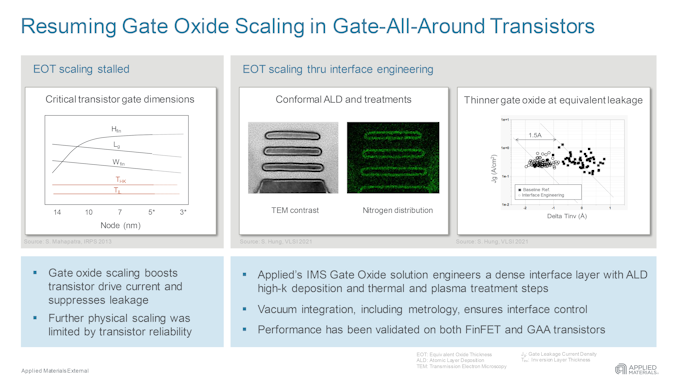
It is necessary to note that numbers shared by Applied Materials come from various companies (including TSMC and Qualcomm) and should not be applied exclusively to Samsung Foundry's 3GAE and 3GAP nodes. Meanwhile, the general advantages of GAA/MBC/nanoribbon/nanosheet transistors, as well as challenges with their manufacturing, are similar for the whole industry.
Samsung's 3GAE: +30% Performance, -45% Area
Speaking of advantages, Samsung expects its 3GAE process to offer a 30% performance increase or a 50% power consumption reduction, and a 45% area reduction when compared to 7LPP. Such tangible benefits may be enough to justify challenges associated with this transition in the short term.
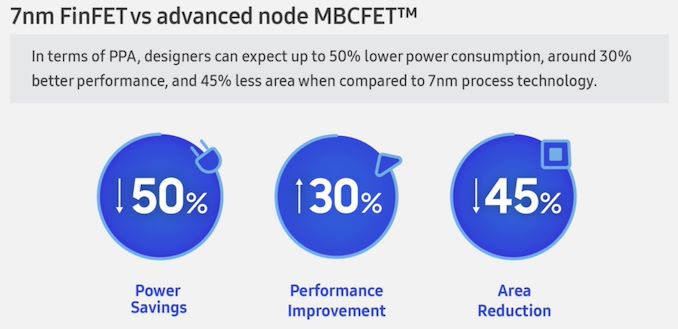
For now, the use of 3GAE manufacturing technology that relies a brand-new transistor structure is challenging in general, as in addition to new electronic design automation (EDA) tools, Samsung will need to invent new IP, and adopt brand-new design rules. All of these things, when combined with new lithography, new etching, and new deposit steps are going to make Samsung's transition difficult.
But in exchange, it will start gaining experience with GAA transistors years ahead of Intel and TSMC, which may bring certain gains in the long-term future. Furthermore, experience with GAAFETs will be beneficial for Samsung's DRAM manufacturing as memory greatly benefits from smaller cell sizes and higher transistor densities.
More...
-
05-17-22, 04:15 AM #11490
Anandtech: GIGABYTE Issues Recall on Z690I Aorus Ultra Motherboards, Citing PCIe Gen
GIGABYTE has officially announced that it is offering an RMA replacement service for users that have purchased one of its key mini-ITX models for Intel's 12th Gen Core series processors, the Z690I Aorus Ultra. With reports of numerous users experiencing compatibility and crashing issues when using PCIe 4.0 graphics cards on the board's single full-length slot, GIGABYTE has opened up a special returns program for specific customers to offer a replacement board with the particular PCIe Gen 4 issue fixed.
On its website, GIGABYTE announced publically that it had investigated reports of customers experiencing issues with the Z690I Aorus Ultra and concluded that the PCIe 4.0 slot isn't working as intended. Users' fundamental problems when using the GIGABYTE Z690I Aorus Ultra came through a WHEA PCIe error, WHEA being short for Windows Hardware Error Architecture, which is designed to report errors when a system is experiencing instability.
The 'special' program applies to all of its customers who purchased the Z690I Aorus Ultra, including the DDR5 and DDR4 variants, from non-third-party retailers such as Micro Center. GIGABYTE says the program will run until November 30th, 2022, with customers being able to opt for either request a replacement board or a refund. Of course, some terms and conditions are attached to this, with users requiring a valid serial number and a purchase receipt to show that they purchased this from a qualifying retailer or online store.
For users who do not (or cannot) swap, GIGABYTE has also offered a workaround for the WHEA PCIe error, albeit a suboptimal one. The fix consists of going into the BIOS by pressing either F2 or the Del key during post and forcing the PCIe slot to operate at Gen 3 speeds rather than the defaulted Gen 4 speeds.
The link to the replacement/refund RMA service is here: https://member.aorus.com/z690i-aorus...xchange-refund
Source: GIGABYTE
Related Reading- Best Intel Motherboards: May 2022
- Best AMD Motherboards: May 2022
- The Intel W680 Chipset Overview: Alder Lake Workstations Get ECC Memory and Overclocking Support
- The GIGABYTE Z690 Aorus Master Mobo Review: 10GbE Rounds Out A Premium Board
More...
Thread Information
Users Browsing this Thread
There are currently 13 users browsing this thread. (0 members and 13 guests)





 Quote
Quote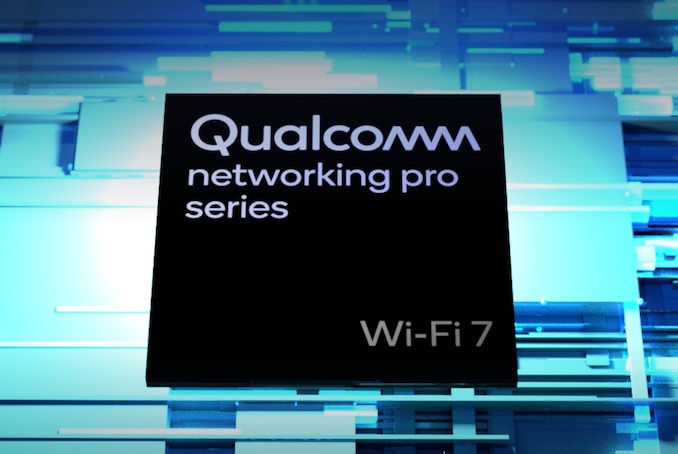
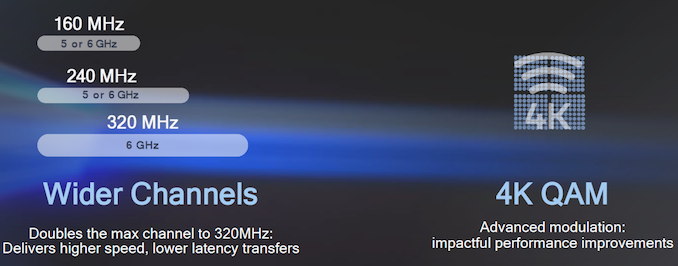
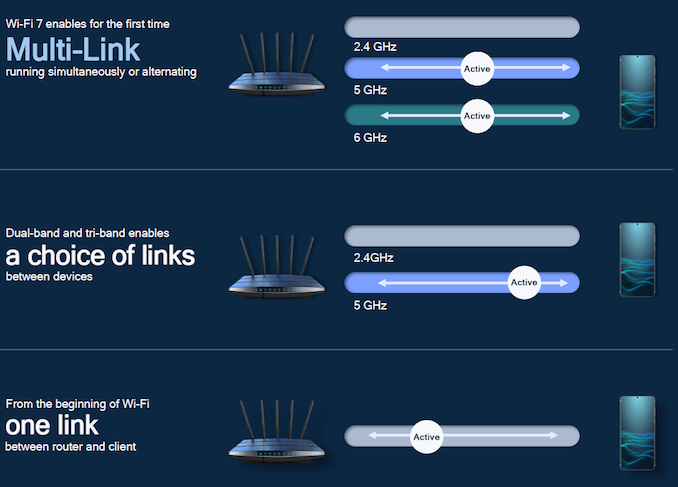

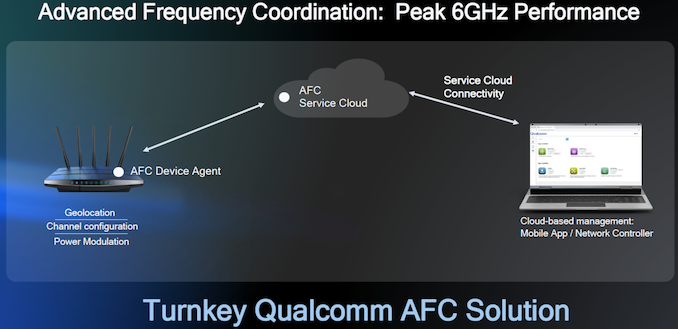
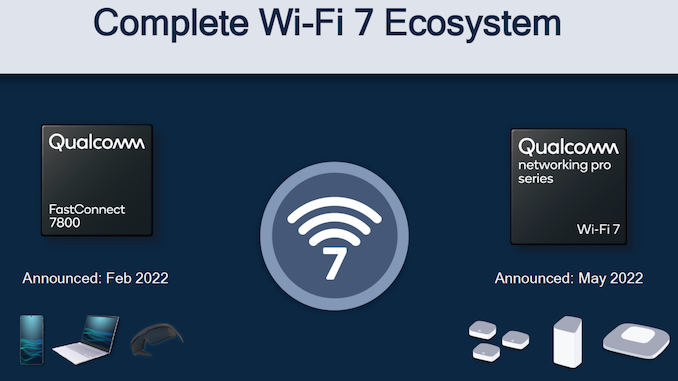
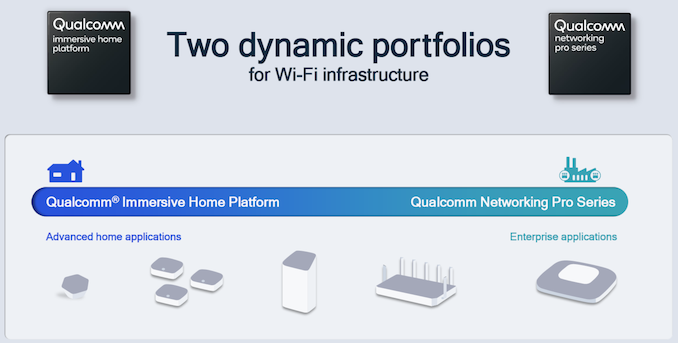
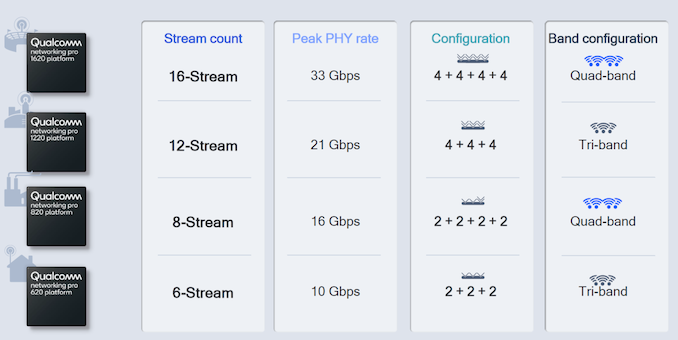
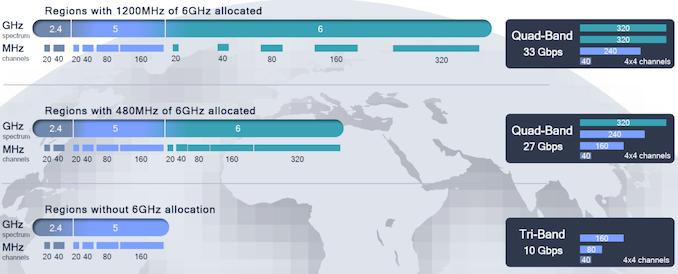
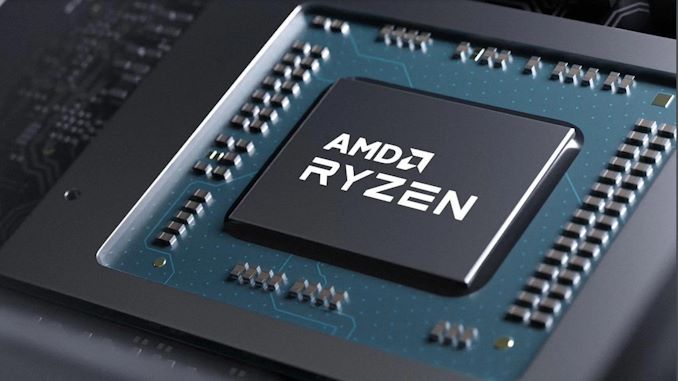
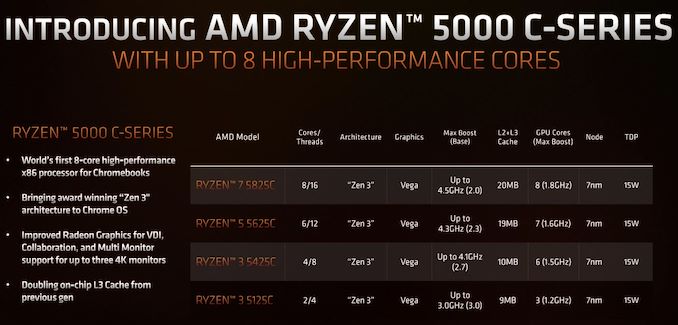
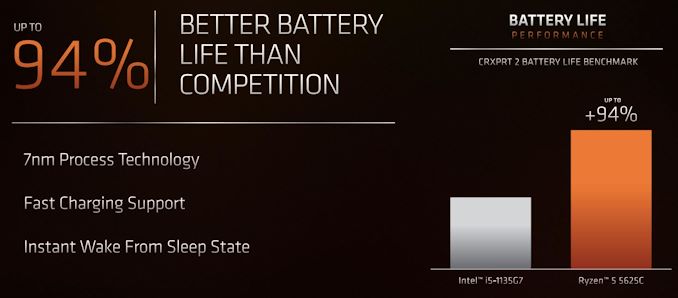
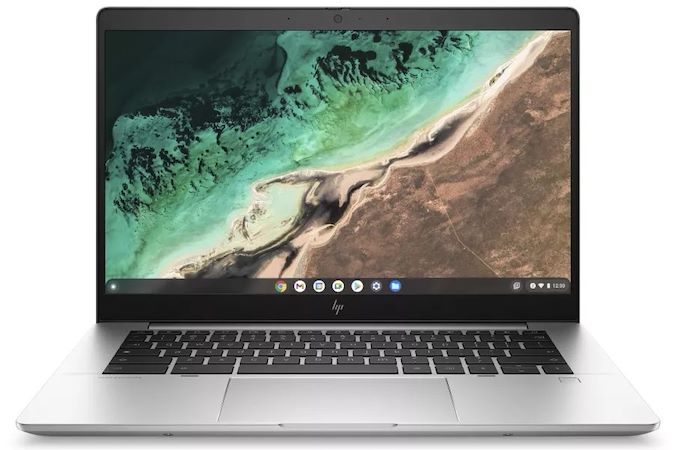
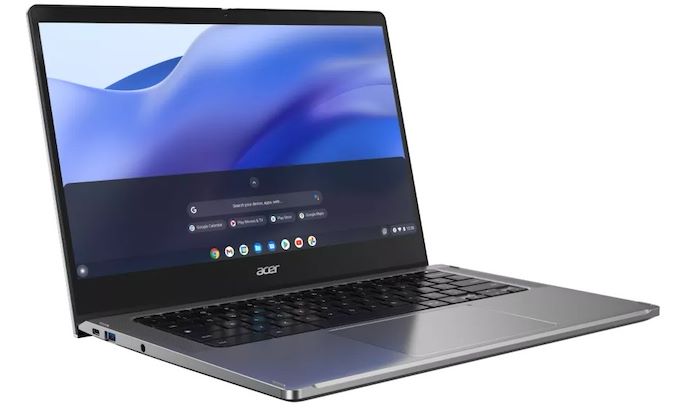
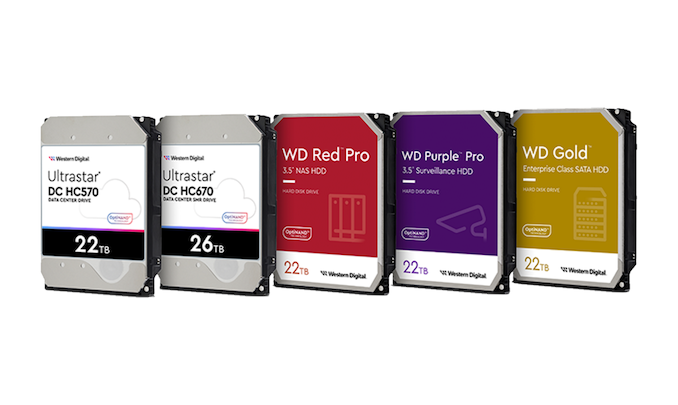
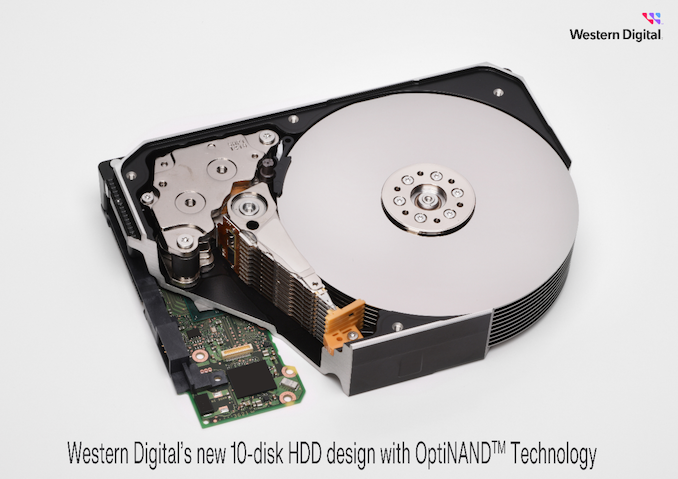
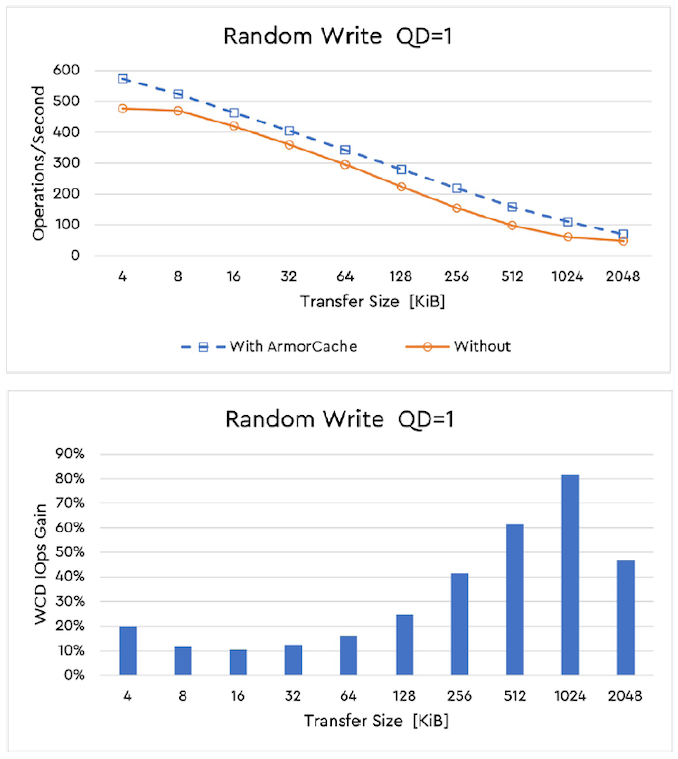
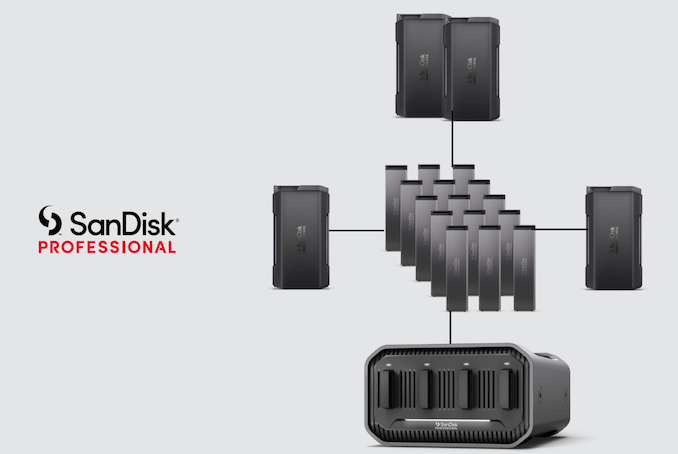
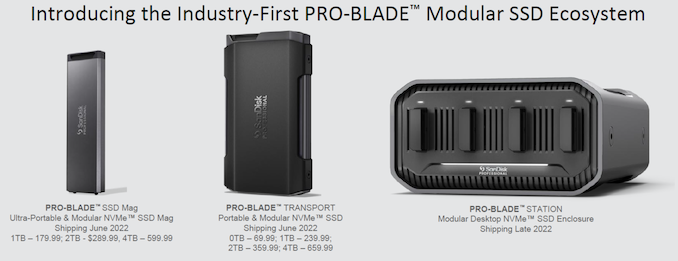
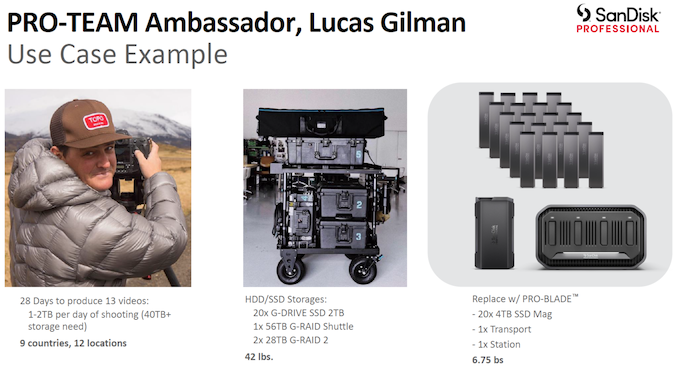
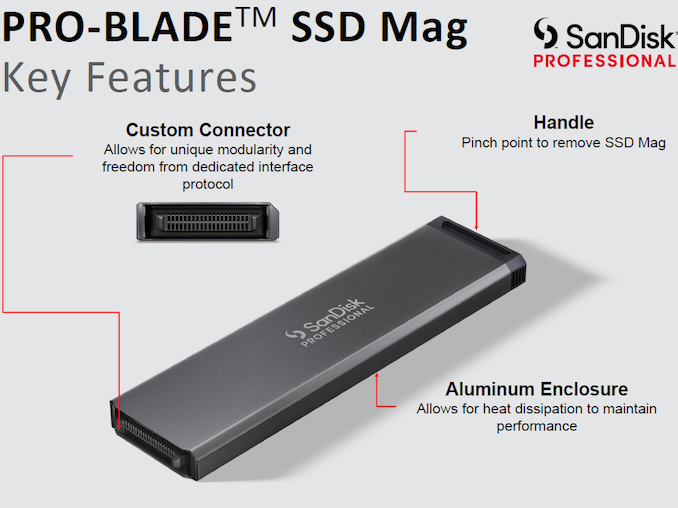
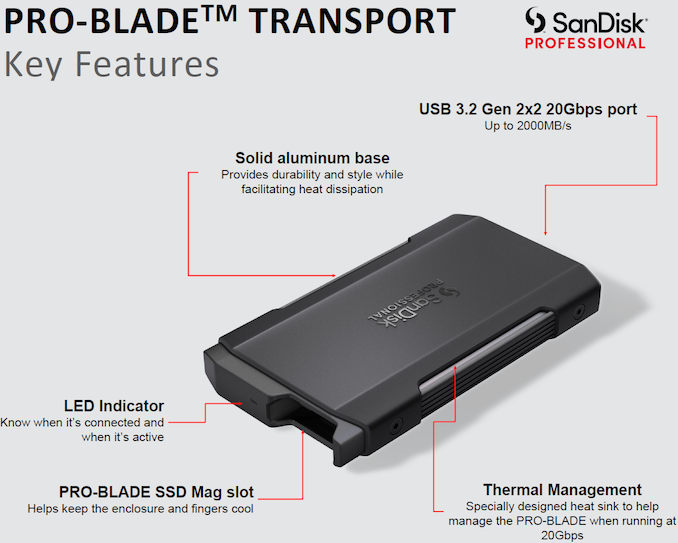

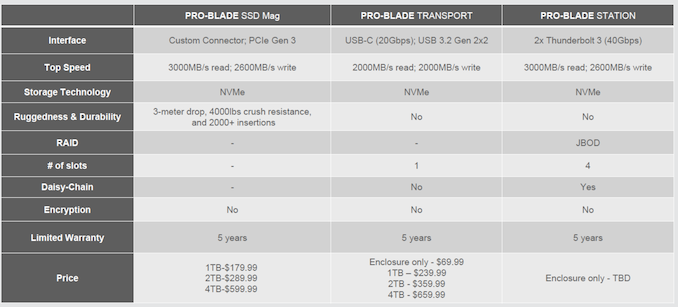

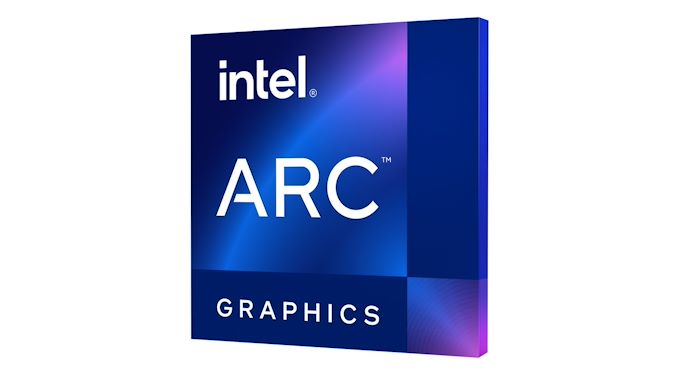
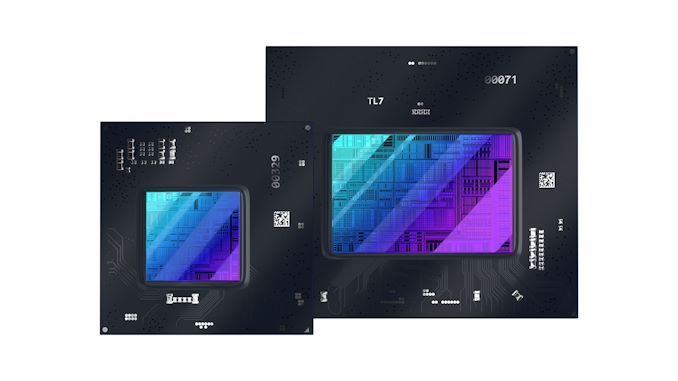
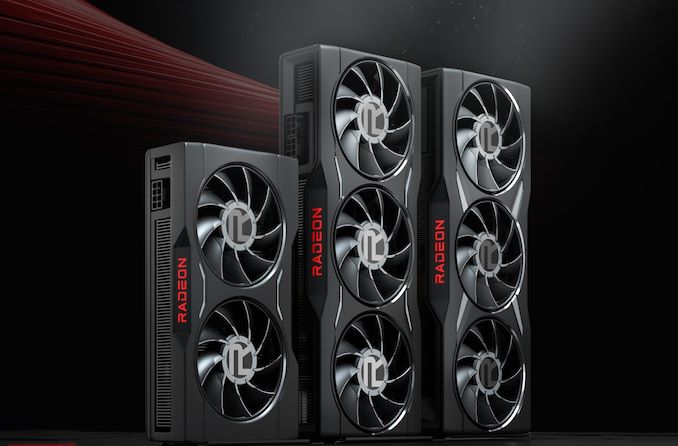
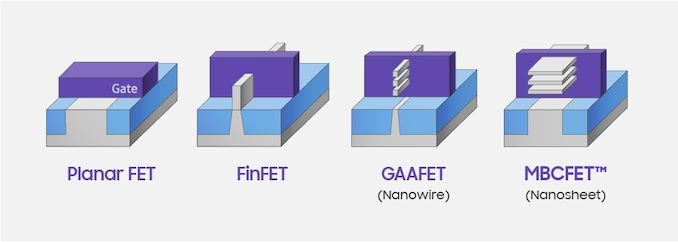
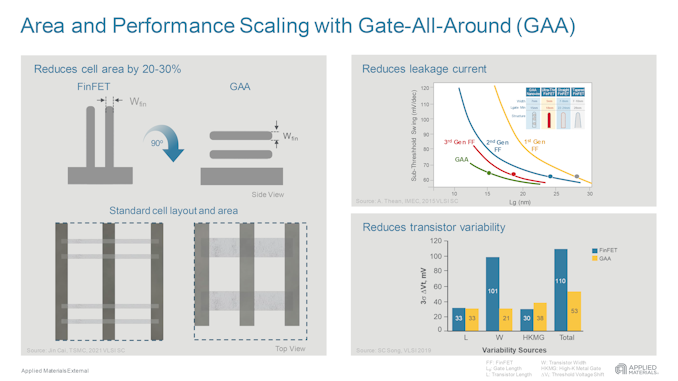
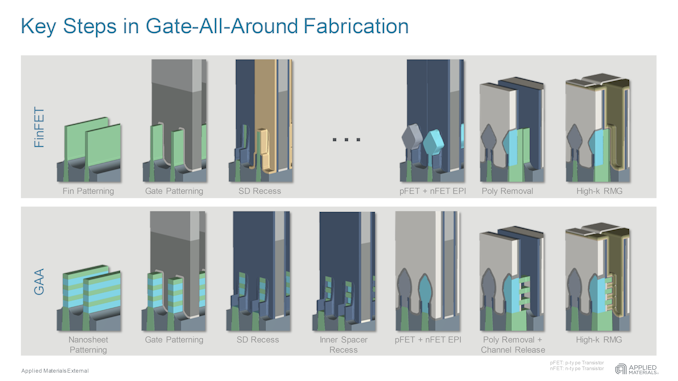
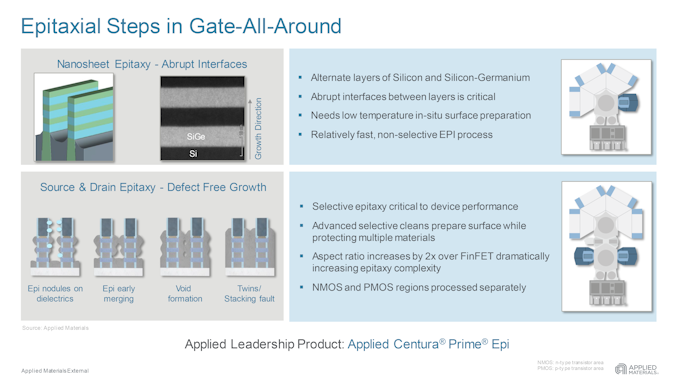
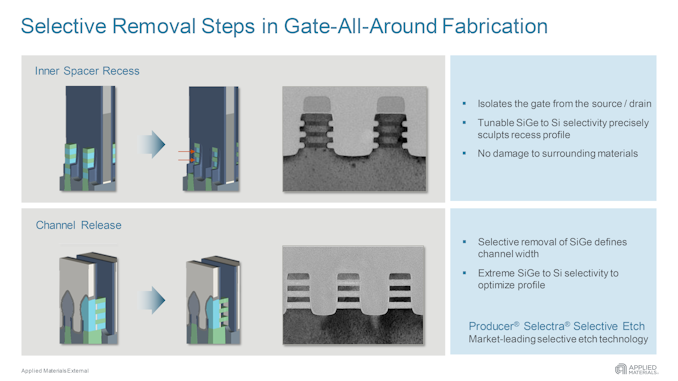


















Bookmarks